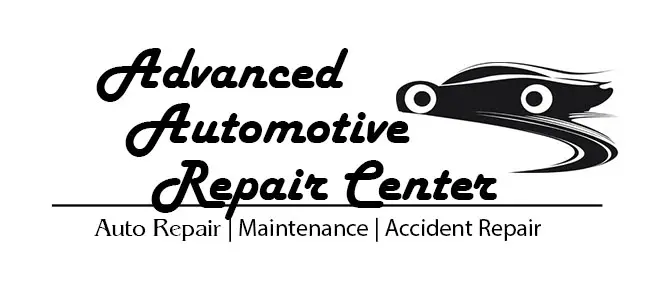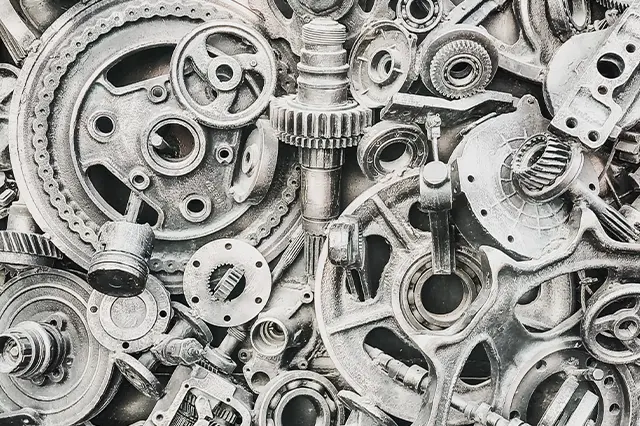
Transmission Mechanics: Everything You Need To Know About Keeping Your Vehicle Running Smoothly
Keeping your vehicle running smoothly is essential for a comfortable and safe ride. But many of us are unaware of how our vehicles actually work and what goes into maintaining them. This blog post will look at the mechanics behind transmissions – the system responsible for transferring power from the engine to the wheels. We’ll explore what a transmission is, common problems, and how to keep it running in peak condition. Read on if you want to learn more about these integral components of your car and ensure your vehicle stays reliable for years to come!
The Basics of Transmission Mechanics
Your car’s transmission is what helps to power the engine and make your car move. It is a complex system made up of many different parts, but understanding the basics of how it works can help you keep your car running smoothly.
The transmission is made up of two main parts: the torque converter and the gearbox. The torque converter is what transfers the power from the engine to the transmission, while the gearbox helps to change the gears in order to control the speed of the car.
In order for the transmission to work properly, all of these parts must be in good working condition. If one part starts to wear out or break, it can cause problems with the whole system. That’s why it’s important to have regular checkups and maintenance done on your car, so that any issues can be caught early and fixed before they become bigger problems.
Different Types of Transmissions
There are two main types of transmissions: automatic and manual. Each has its own set of pros and cons that you should consider before making a decision about which is right for your vehicle.
Automatic transmissions are the most common type found in today’s vehicles. They use hydraulic fluid to shift gears automatically, based on the speed and load of the engine. This can make for a smoother ride, but it also means that if there is a problem with the transmission, it can be expensive to fix.
Manual transmissions are less common these days, but they offer some advantages over automatic transmissions. For one, they’re typically more fuel efficient. They also give the driver more control over the car, since they have to manually shift gears. However, they can be more difficult to drive, especially in stop-and-go traffic or in icy or hilly conditions.
Other types of transmissions include continuously variable transmissions (CVTs) and dual-clutch transmissions (DCTs). CVTs are similar to automatic transmissions, but they use a belt-and-pulley system to provide an infinite number of gear ratios. DCTs have two separate clutches that can shift gears quickly and smoothly. Both types of transmissions are becoming increasingly popular in today’s vehicles.
How to Maintain Your Transmission
Your transmission is one of the most important parts of your vehicle, and it’s important to keep it running smoothly. Here are some tips on how to maintain your transmission:
1. Check the fluid level regularly and top it off if necessary. Transmission fluid keeps the gears lubricated and helps protect against wear and tear.
2. Have the transmission serviced every 30,000 miles or so. This includes a flush of the fluid and a new filter.
3. Be gentle with the gearshift. Don’t slam it into gear or race the engine when shifting. This can damage the transmission over time.
4. If you notice any unusual noises or leaks, have your transmission checked by a mechanic as soon as possible. These could be signs of a serious problem.
5. Don’t tow too much weight. Check your vehicle’s manual for the towing capacity and make sure you stay within it. Exceeding it can put a strain on the transmission.
6. If you’re parking on an incline, make sure to put the car in park and engage the emergency brake. This will prevent any unexpected rolling that can damage the transmission.
Following these tips will help keep your transmission running smoothly for many years to come!
Warning Signs That Your Transmission Needs Repair
If you notice any of the following warning signs, it’s time to take your vehicle to a transmission mechanic for repair:
-Grinding or shaking when shifting gears
-Delayed engagement when shifting from park to drive or reverse
-Burning smell coming from the engine area
-Leaking fluid from the engine area
-Check engine light is illuminated on the dash
-Gears slipping or slipping out of gear
-Unusual noises coming from the transmission area
-Vehicle surges or jerks when accelerating
Conclusion
In conclusion, transmission mechanics are essential for keeping your vehicle running smoothly. It is important that you know the basics of transmission maintenance and how to spot signs of trouble before it becomes a major issue. By following these tips, you can be sure that your car will run reliably and efficiently for years to come.
